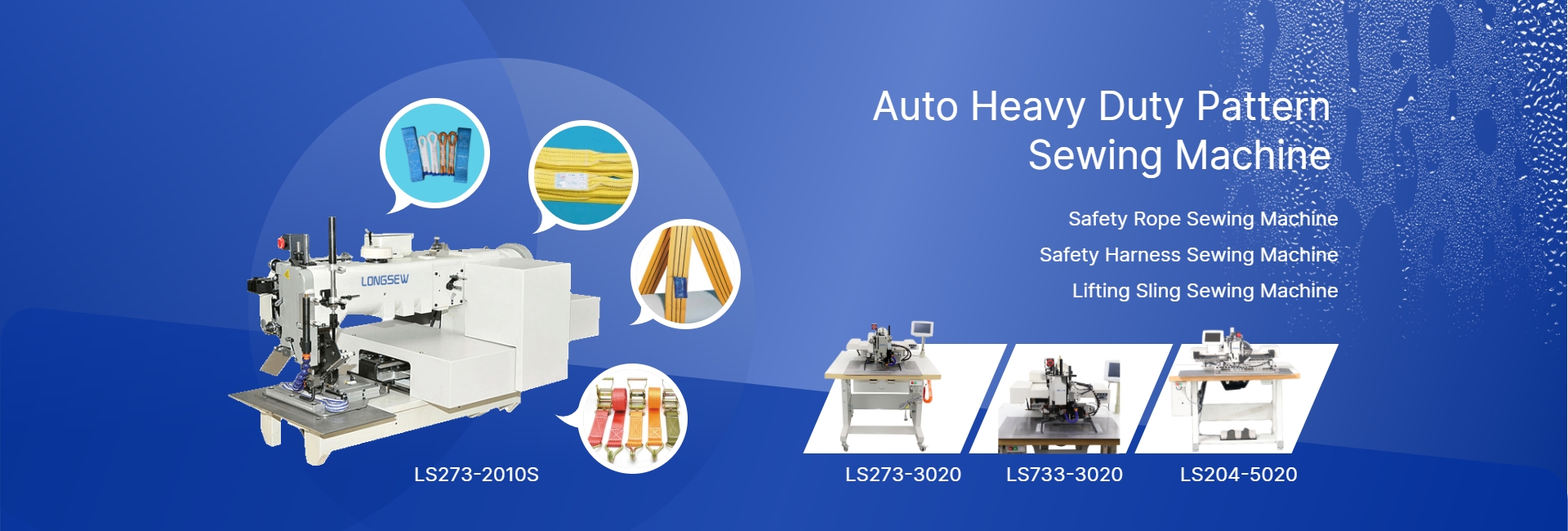High Efficiency Lockstitch Sewing Machine for Fast and Precise Stitching Tasks
The High-Speed Lockstitch Sewing Machine Revolutionizing Textile Manufacturing
The high-speed lockstitch sewing machine has emerged as an indispensable tool in the textile and garment industries. This innovative piece of machinery combines speed, efficiency, and versatility, making it a vital asset for manufacturers and tailors alike. With the constant demand for faster production times and high-quality outputs, the high-speed lockstitch sewing machine is at the forefront of modern sewing technology, revolutionizing how we approach garment construction.
Understanding the Basics
At its core, the high-speed lockstitch sewing machine operates using a simple yet effective mechanism. It typically involves two threads the upper thread, fed through the needle, and the lower thread, which comes from a bobbin. The machine creates a lockstitch by interlocking these two threads, producing a robust and durable seam. The term high-speed indicates that these machines can operate at significantly faster speeds than traditional sewing machines, often exceeding 5,000 stitches per minute.
Key Features
One of the standout features of the high-speed lockstitch sewing machine is its ability to handle various fabric types, ranging from delicate materials like silk to heavier fabrics like denim and canvas. This adaptability makes it ideal for multiple applications, including garment construction, home textiles, and industrial products.
Additionally, modern high-speed lockstitch machines come equipped with various technological advancements. Many models feature automatic thread trimming, programmable stitch patterns, and even automated tension adjustments. These enhancements not only improve efficiency but also reduce labor costs and human error, leading to higher overall productivity.
Benefits in Textile Production
The implementation of high-speed lockstitch sewing machines in textile production offers numerous benefits
. Increased speed and efficiency lead to shorter production cycles, allowing manufacturers to meet tight deadlines and respond to market demands more effectively. This can be particularly crucial in the fast-paced fashion industry, where trends can change overnight.Moreover, the quality of stitching produced by high-speed lockstitch machines is typically superior. With consistent tension and stitch formation, finished products exhibit clean, professional seams that enhance the garment’s overall appearance and durability. As a result, companies can reduce the rate of returns due to defects and increase customer satisfaction.
high speed lockstitch sewing machine

Environmental Considerations
In recent years, sustainability has become a critical concern within the textile industry. High-speed lockstitch sewing machines can also contribute positively in this regard. By streamlining production processes, manufacturers can minimize waste and optimize the use of resources. Additionally, some modern machines are designed to consume less energy, aligning with environmental goals and reducing operational costs.
Industry Applications
The versatility of high-speed lockstitch sewing machines extends across various sectors. In the apparel industry, they are commonly used for assembling garments, sewing hems, and attaching zippers or other accessories. In home textiles, they efficiently create products such as curtains, upholstery, and bedding. Their robust design also allows for their use in industrial applications, including the manufacturing of bags, tents, and automotive upholstery.
Future Trends
As technology advances, the future of high-speed lockstitch sewing machines looks promising. Innovations such as computerization and artificial intelligence are set to further enhance their efficiency and functionality. Manufacturers are exploring the integration of smart technology to monitor machine performance, provide real-time feedback, and facilitate predictive maintenance. Such advancements will likely lead to even greater productivity and reduced downtime.
Moreover, the rise of custom and small-batch production is pushing the boundaries of traditional manufacturing. High-speed lockstitch machines are evolving to accommodate these trends, allowing for greater flexibility in production runs without sacrificing speed.
Conclusion
The high-speed lockstitch sewing machine stands as a testament to the evolution of sewing technology. Its combination of speed, efficiency, and versatility has made it a game-changer in the textile manufacturing industry. As businesses strive to keep up with fast-changing consumer demands and sustainability goals, these machines will undoubtedly play a crucial role in shaping the future of garment production. The continued innovation in this field promises exciting developments that will further enhance productivity and quality in the textile sector.
-
Boost Production Efficiency with a Pattern Sewing MachineNewsAug.29,2025
-
Industrial Excellence with the Best Heavy Duty Sewing MachineNewsAug.29,2025
-
Precision and Power with the Best Pattern Sewing MachineNewsAug.29,2025
-
Reliable Bulk Packaging Starts With the Right FIBC Sewing MachineNewsAug.29,2025
-
Advanced Packaging Solutions: Elevate Productivity with Jumbo Bag Sewing Machine and Industrial Stitching EquipmentNewsAug.29,2025
-
High-Performance Solutions for Bulk Packaging: FIBC Sewing Machine and MoreNewsAug.29,2025
-
Maximize Efficiency with an Industrial Cylinder Arm Sewing MachineNewsAug.28,2025


























